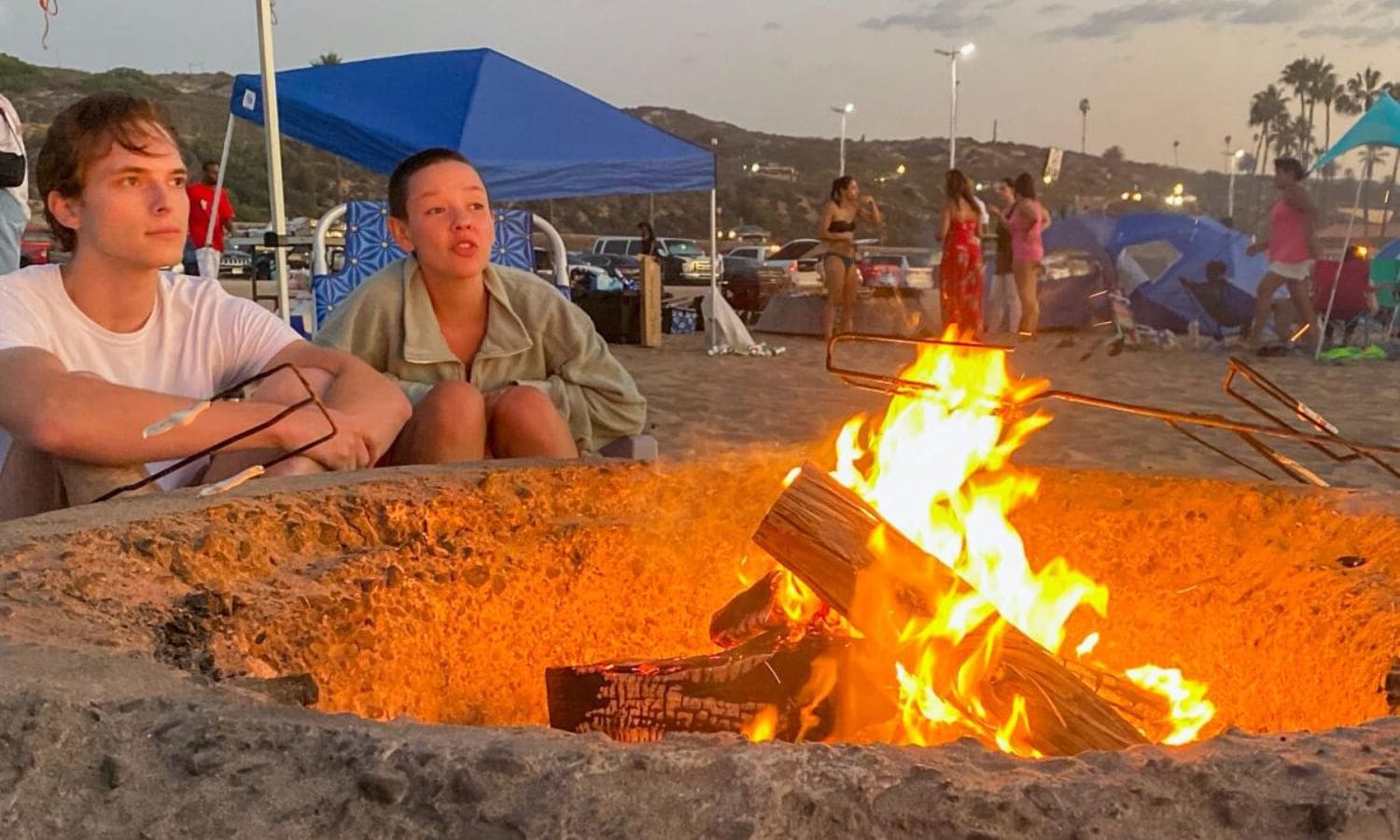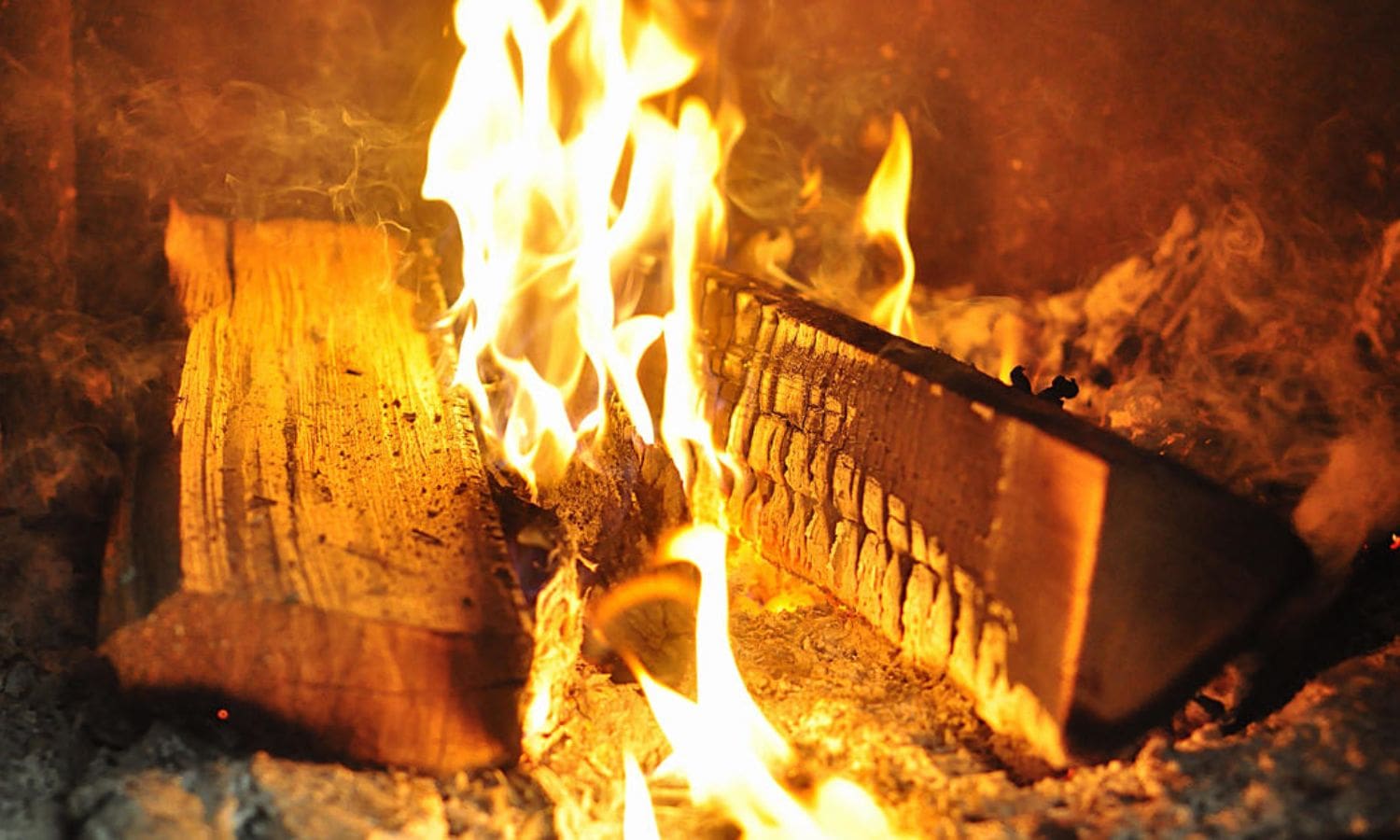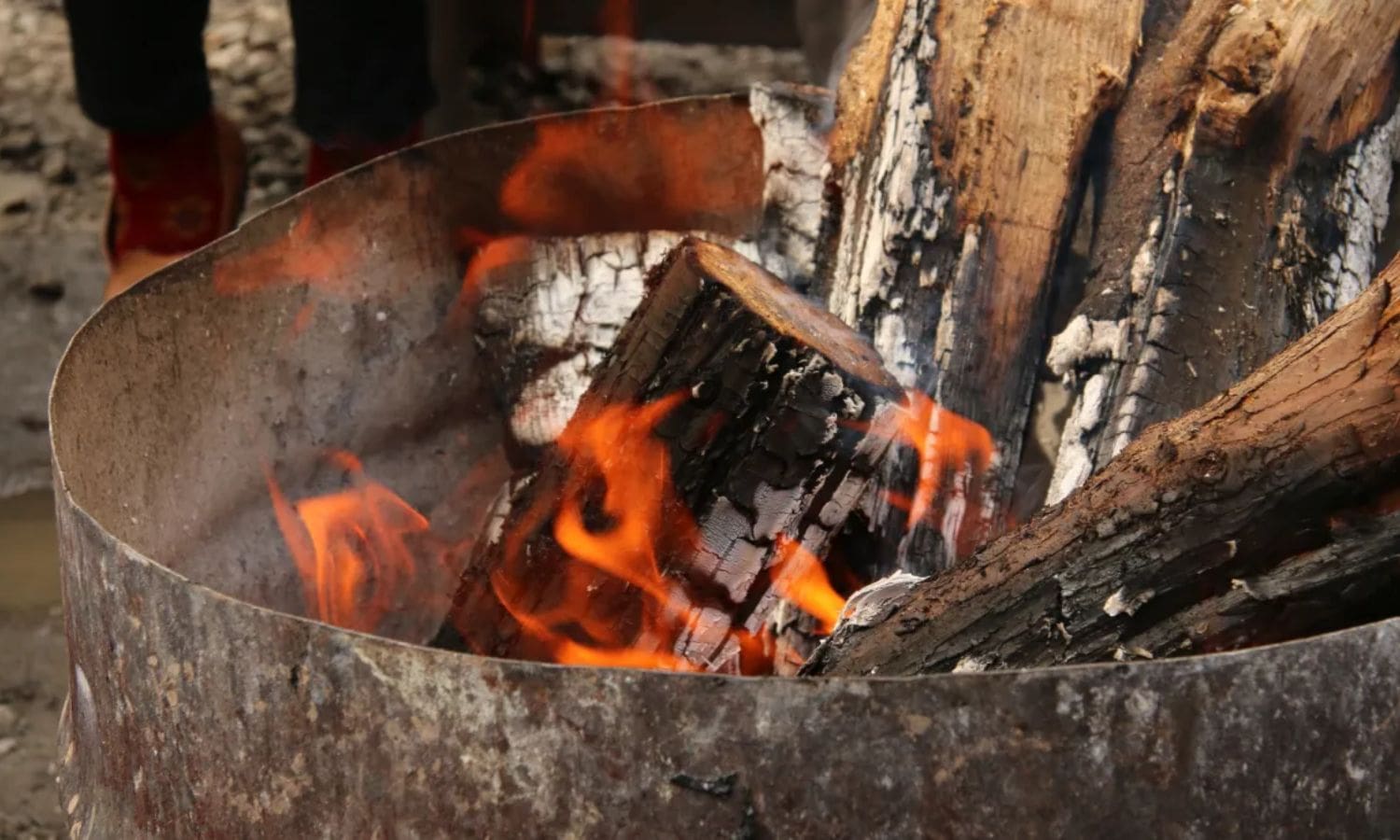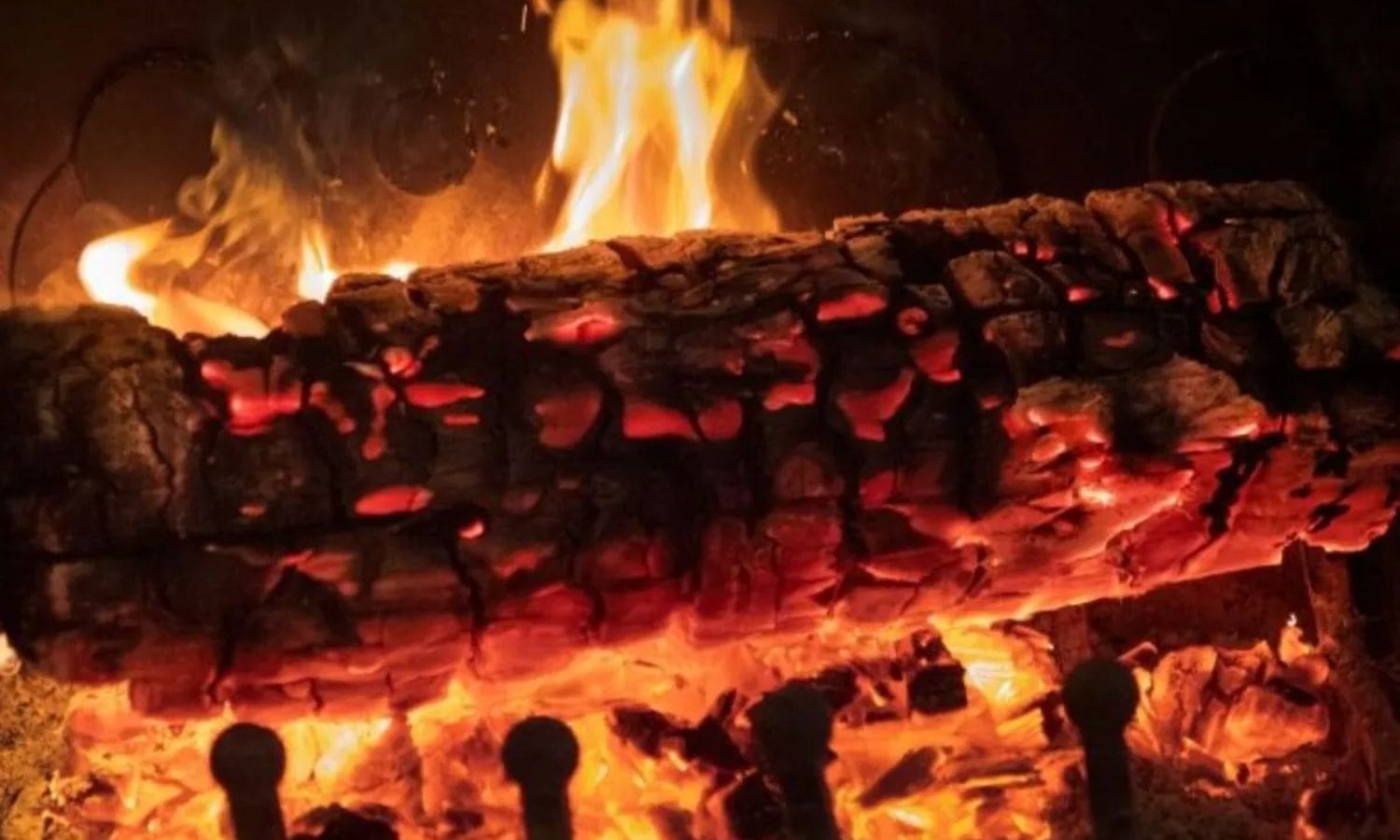Southern California Implements Wood Burning Ban: In response to growing concerns about air pollution, Southern California has implemented a wood-burning ban to address the health risks associated with particulate matter (PM2.5) emissions.
This article explores the exemptions and provisions within the ban, as well as the role of the South Coast Air Quality Management District (SCAQMD) in its enforcement.
By taking proactive measures to improve air quality, Southern California aims to protect the well-being of its residents and promote a sustainable environment.
Key Takeaways Of Southern California Implements Wood Burning Ban
- Wood-burning ban implemented in Los Angeles, Riverside, San Bernardino, and Orange County to combat heightened air pollution.
- Wood-burning releases harmful particulate matter, volatile organic compounds, and other pollutants, exacerbating respiratory conditions and increasing the risk of cardiovascular diseases.
- Inhalation of PM2.5 particles from wood burning causes respiratory issues, triggers asthma attacks, and worsens symptoms, while long-term exposure decreases lung function and leads to chronic respiratory diseases.
- The wood-burning ban provides exemptions for certain communities and households, recognizing the balance between essential heating needs and maintaining air quality.


Also Read: Father and Son Saved From Frigid Pacific Waters
Air Pollution Concerns in Southern California
Air pollution concerns in Southern California persist due to the implementation of a wood-burning ban in Los Angeles, Riverside, San Bernardino, and Orange County. This ban, aimed at combating heightened air pollution, reflects the region’s commitment to improving air quality and protecting public health.
Wood-burning is a significant contributor to air pollution, releasing harmful particulate matter, volatile organic compounds, and other pollutants into the atmosphere. These pollutants can have detrimental effects on human health, exacerbating respiratory conditions and increasing the risk of cardiovascular diseases. Additionally, wood-burning emissions contribute to the formation of smog, which further degrades air quality and impairs visibility.
Health Risks of Particulate Matter (PM2.5) from Wood Burning
Inhalation of PM2.5 particles emitted from wood burning poses significant health risks. These tiny particles, with a diameter of 2.5 micrometers or less, have the ability to penetrate deep into the lungs, causing a range of health problems. Here are five key health risks associated with PM2.5 from wood burning:
- Respiratory issues: The inhalation of PM2.5 particles can lead to irritation of the respiratory system, causing coughing, wheezing, and shortness of breath.
- Asthma exacerbation: Individuals with asthma are particularly vulnerable to PM2.5 particles, as they can trigger asthma attacks and worsen symptoms.
- Cardiovascular effects: PM2.5 particles can enter the bloodstream, increasing the risk of cardiovascular problems, such as heart attacks and strokes.
- Reduced lung function: Long-term exposure to PM2.5 particles can lead to decreased lung function and the development of chronic respiratory diseases.
- Increased mortality: Studies have shown a link between exposure to PM2.5 particles and increased mortality rates, particularly from respiratory and cardiovascular diseases.
Understanding these health risks highlights the importance of implementing measures, such as the wood-burning ban in Southern California, to protect public health and improve air quality.


Exemptions and Provisions in the Wood-Burning Ban
Continuing the discussion on the health risks of particulate matter (PM2.5) from wood burning, the wood-burning ban in Southern California provides exemptions and provisions to balance essential heating needs with the goal of maintaining air quality.
The ban includes exemptions for communities located above 3,000 feet elevation, Coachella Valley, and the high desert. These areas often experience colder temperatures and may rely heavily on wood burning for heating.
Additionally, households that solely rely on wood for heating, low-income households, and those without access to natural gas service are also exempted from the ban. These exemptions recognize the unique circumstances and challenges faced by these communities and households, while still aiming to protect air quality.
It is important to strike a balance between providing necessary heating options and reducing harmful emissions.
Role of South Coast Air Quality Management District (SCAQMD)
The South Coast Air Quality Management District (SCAQMD) oversees the implementation of the wood-burning ban in Southern California. As a key regulatory agency, the SCAQMD plays a crucial role in ensuring that the ban is enforced effectively and efficiently.
Here are five important points about the SCAQMD’s role:
- The SCAQMD sets air quality standards and regulations to protect public health and reduce air pollution in the region.
- It conducts inspections and monitors compliance with the wood-burning ban, ensuring that residents and businesses adhere to the regulations.
- The SCAQMD collaborates with local municipalities, law enforcement agencies, and community organizations to spread awareness about the ban and educate the public on the importance of reducing wood smoke emissions.
- It provides resources and support to residents, such as the Air Alerts program, which notifies individuals about no-burn days and helps them make informed decisions about their wood-burning activities.
- The SCAQMD continuously evaluates the effectiveness of the ban and makes necessary adjustments to further improve air quality in Southern California.
Proactive Measures to Improve Air Quality in Southern California
Southern California’s proactive measures to improve air quality include implementing a ban on wood-burning. This ban reflects a proactive approach to environmental concerns and aims to mitigate the impact of particulate matter on respiratory health, especially for vulnerable populations. By aligning with broader efforts to balance individual heating needs with the goal of improving air quality, Southern California is taking a significant step towards ensuring cleaner and healthier air for its residents.
In addition to the wood-burning ban, other proactive measures being taken in the region include promoting the use of clean energy sources, increasing public transportation options, and implementing stricter emissions standards for vehicles and industries. These measures collectively demonstrate a commitment to addressing air quality concerns and fostering a sustainable and healthy environment for all.


Conclusion Of Southern California Implements Wood Burning Ban
The implementation of a wood-burning ban in Southern California is a proactive measure taken to address air pollution concerns and improve public health. The ban aims to reduce the harmful effects of particulate matter (PM2.5) emitted from wood-burning activities.
While exemptions and provisions exist to accommodate certain circumstances, the South Coast Air Quality Management District (SCAQMD) plays a crucial role in enforcing and monitoring compliance.
This ban signifies a commitment to creating a cleaner and healthier environment for Southern California residents.
Our Reader’s Queries
Q1. Why is there a wood burning ban in California?
Ans. The particles found in wood smoke, referred to as fine particulate matter or PM2.5, have the ability to penetrate deeply into the lungs, leading to asthma attacks and an increase in emergency hospital admissions.
Q2. Why is the air quality bad in Southern California?
Ans. California’s comparatively poor air quality, in contrast to other states in the US, stems from a confluence of factors. The state’s substantial population of 39 million, a notable port industry, and a burgeoning economy collectively contribute to substantial emissions, encompassing traffic, diesel trucks, construction, agriculture, and domestic sources.
Q3. Does burning wood cause pollution?
Ans. In the winter season, household wood smoke emerges as a primary contributor to fine particle pollution (PM), playing a role in the occurrence of days with compromised air quality in various regions across the United States.
Q4. What is a major source of air pollution in Southern California?
Ans. California’s air pollution emanates from specific sources, primarily categorized as mobile sources, encompassing on-road vehicles like cars and trucks, as well as off-road vehicles including trains, ships, aircraft, and agricultural equipment.
Our Reader’s Queries
Can I burn wood in my backyard California?
It’s crucial for homeowners to confirm with their local CAL FIRE station and air quality management agency before burning. Even if your county is listed as “burning allowed” on the burn status page, it’s still necessary to ensure that it’s a permissive burn day in your area by reaching out to your local air quality management agency. Don’t take any chances and always double-check before starting any fires.
Did California ban wood burning fireplaces?
While wood-burning stoves and fireplaces are usually allowed as the only source of heat, it’s important to keep in mind that permanent wood-burning devices are often not permitted in new residential areas. These regulations do not necessarily ban the use of wood-burning stoves and fireplaces, but it’s essential to be aware of the restrictions in place for new developments.
Can you use your fireplace in California?
In addition to banning wood burning on Spare the Air Days due to fine particle pollution, the Wood Burning Rule includes other regulations. New buildings in the Bay Area are not allowed to have wood-burning devices. However, gas-fueled fireplaces and logs, gas inserts, and electrical fireplaces are still permitted.
How do I know if I have a local burn ban?
Get Air Alerts and stay informed about air quality in your neighborhood. Sign up now to receive notifications when a mandatory No-Burn alert is issued. Check our website’s Check Before You Burn map for daily forecast updates. For more information, call 866-966-3293. Stay ahead of the game and breathe easy with our easy-to-use service.

